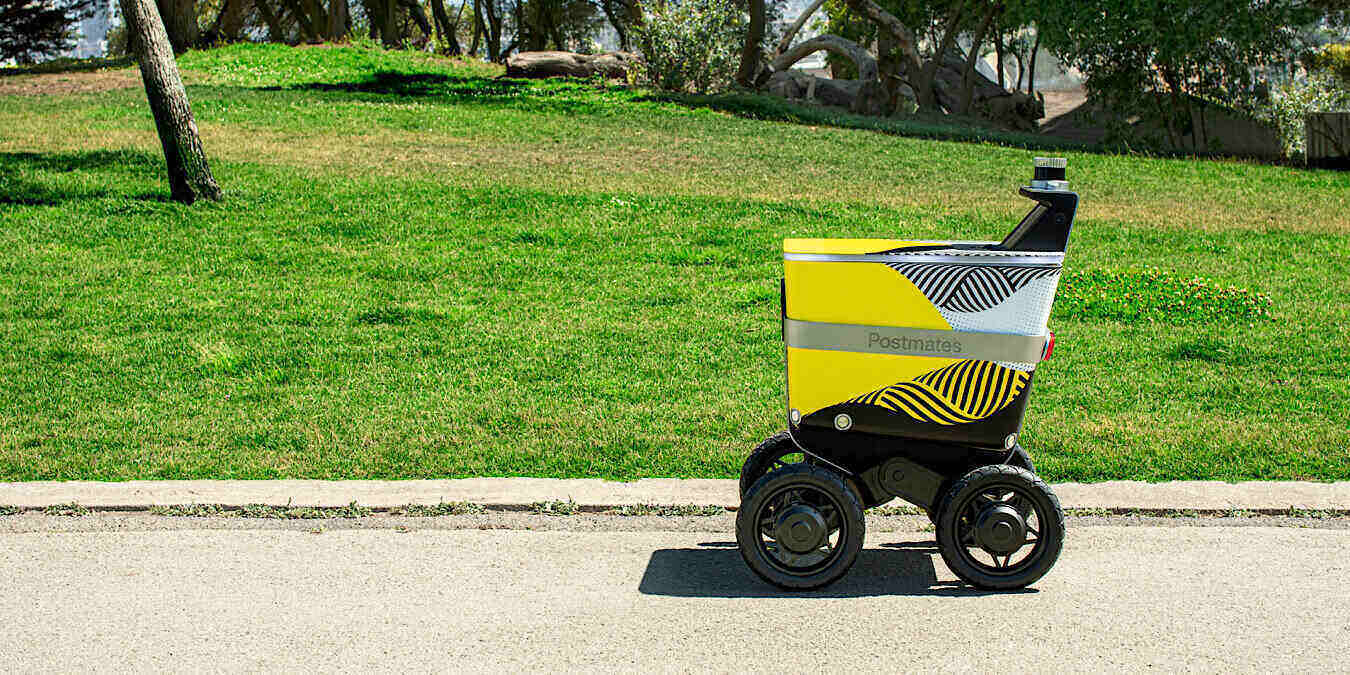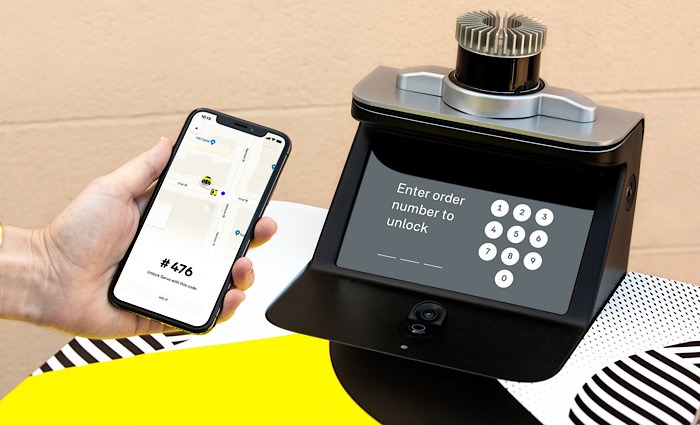
It didn’t take too long for Uber to show its cards after picking up Postmates in an acquisition last year. The ridesharing company is turning Postmates’ robotics division into a separate company.
Uber’s New Company
Everyone knows Uber as a ridesharing company. Many also know of its food delivery branch, Uber Eats. That’s what made it very curious when it acquired its weaker competitor, Postmates, in 2020 for $2.65 billion. Its motives became evident after its Tuesday announcement.
Postmates’ robotics division will roll out into a separate company: Serve Robotics. While Uber has been working on autonomous vehicles for its ridesharing component, Postmates was working on delivery robots.

The black and yellow Serve delivery robots, Postmates X, fulfill a need Uber didn’t have. The auto and delivery industries have both been moving toward autonomous. The pandemic, and an increased need to stay home with no contact, greatly furthered the need for contactless deliveries.
The Postmates robot drives through neighborhoods delivering fast food. Uber didn’t need Postmates’ share of the food delivery business – it needed its Serve delivery robot.“While self-driving cars remove the driver, robotic delivery eliminates the car itself and makes deliveries sustainable and accessible to all,” said Ali Kashani, co-founder and CEO of Serve Robotics.
Lox Inc., Kashani’s business, itself was acquired by Postmates in 2017 and began working on delivery robots. This was seen as a way to cut costs, by removing driven cars from the picture.

“While self-driving cars remove the driver, robotic delivery eliminates the car itself and makes deliveries sustainable and accessible to all,” said Kashani. “Over the next two decades, new mobility robots will enter every aspect of our lives – first moving food, then everything else.”
Likewise, Uber saw Postmates’ Robotics Division as a way to turn more profit. With fewer people looking to ridesharing during the pandemic, Uber wants to make its business about both ridesharing and deliveries. Concentrating more on deliveries, Uber dumped four transportation companies it had invested in, covering shared scooters and bikes, freight, autonomous vehicles, and air taxis.
What’s Ahead for Uber?
While the deliveries industry was already making strides with delivery robots, the pandemic seems to have propelled the trend further quickly. At the same time, the pandemic has also cooled down the ridesharing business.

It shows Uber is seeing the forest for the trees. Rather than continue on an uncertain path, it’s moving ahead with a business that just one year ago still had some questions attached to it. Uber’s $ 2.65 billion investment seems to be a wise choice.
Read on to learn how the pandemic was influencing the delivery robot business even from the first few days of the pandemic.
Image Credit: Postmates – Serve and public domain









